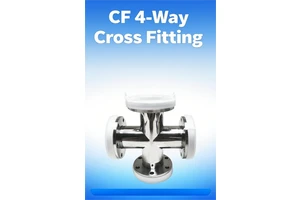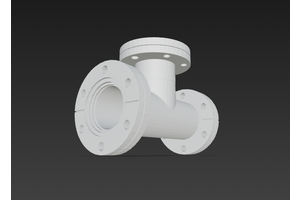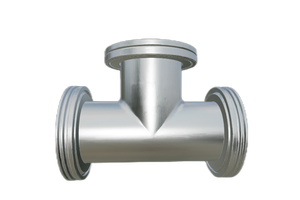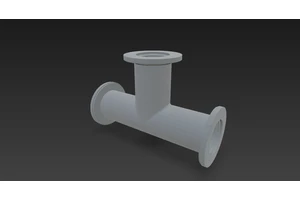The Development History of Scroll Vacuum Pumps
The concept of scroll technology dates back to 1905, when French engineer Léon Creux filed a U.S. patent for a reversible scroll expander. However, due to the limited machining and manufacturing capabilities of the time, the precision required for the scroll plates and their spiral profiles could not be achieved. As a result, scroll machinery could not be produced for several decades.
In the 1970s, the situation changed dramatically. The energy crisis, combined with the emergence of high-precision CNC machine tools, created new opportunities for scroll technology. In 1973, the U.S. company Arthur D. Little (A.D.L.) released its first research report on a scroll-type nitrogen compressor, highlighting advantages that conventional compressors could not match. This marked the beginning of rapid large-scale development and commercialization of scroll compressors.
Rise of Scroll Vacuum Pumps
With the rapid growth of industries such as semiconductors, new materials, and biopharmaceuticals—and the increasing demand for clean, oil-free vacuum environments—scroll vacuum pumps began to emerge, leveraging the advantages of scroll technology. In the early 1980s, Coffin Do successfully applied scroll vacuum pumps to high-vacuum systems, where their superior sealing and low backstreaming rates offered significant benefits.
In 1987, Mitsubishi Electric of Japan became the first company to successfully develop a rotary-type scroll vacuum pump, demonstrating clear structural and performance advantages. The following year, in 1988, Morishita E from the University of Tokyo developed a vertical rotary oil-lubricated scroll vacuum pump.
Evolution of Dry Scroll Vacuum Pumps
The key difference between dry and oil-lubricated vacuum pumps is that dry pumps contain no oil or liquid in the pumping chamber. This makes sealing and cooling critical design challenges.
In 1990, Kushiro T developed a horizontal dry scroll vacuum pump with water-cooling. Later, in 1998, Sawada T introduced an air-cooled dry scroll vacuum pump, equipped with two cooling fans mounted on the ends of each fixed scroll plate.
Types of Scroll Vacuum Pumps
Scroll vacuum pumps can be classified into two main types based on the motion of the scroll plates:
Orbiting Type – One scroll plate (the fixed scroll) remains stationary, while the other (the orbiting scroll) moves in a circular path around the fixed plate without rotating on its own. A motor drives the crankshaft, which moves the orbiting scroll in a path with a radius r (the radial distance between the scroll plates). The anti-rotation mechanism prevents self-rotation. Typical motor speeds are around 1500 rpm, producing high ultimate vacuum levels with minimal variation across speed changes.
Rotary Type – Both scroll plates move, each rotating around its own center in the same direction, creating a relative motion equivalent to the orbiting type.
Structurally, orbiting-type scroll pumps are simpler and contain fewer parts, while rotary-type pumps are more complex with a higher number of components. For this reason, most commercial scroll vacuum pumps today adopt the orbiting type.
Global Scroll Vacuum Pump Manufacturers
Major scroll vacuum pump models on the market include:
Agilent Technologies (USA) – Double-sided scroll vacuum pumps
Edwards (UK) – Single-sided, single-head spiral tooth scroll pumps
Busch (Germany) – Various industrial scroll vacuum pumps
Shenyang Scientific Instrument Research Center, Chinese Academy of Sciences (China) – Double-sided, single-head spiral tooth scroll pumps





